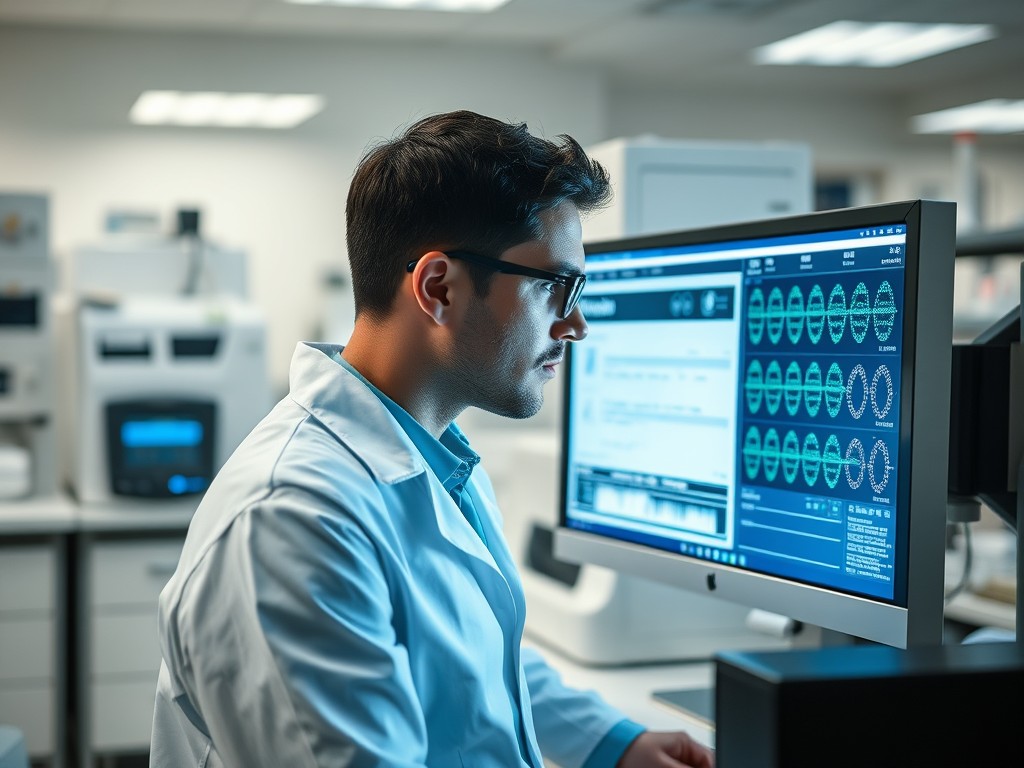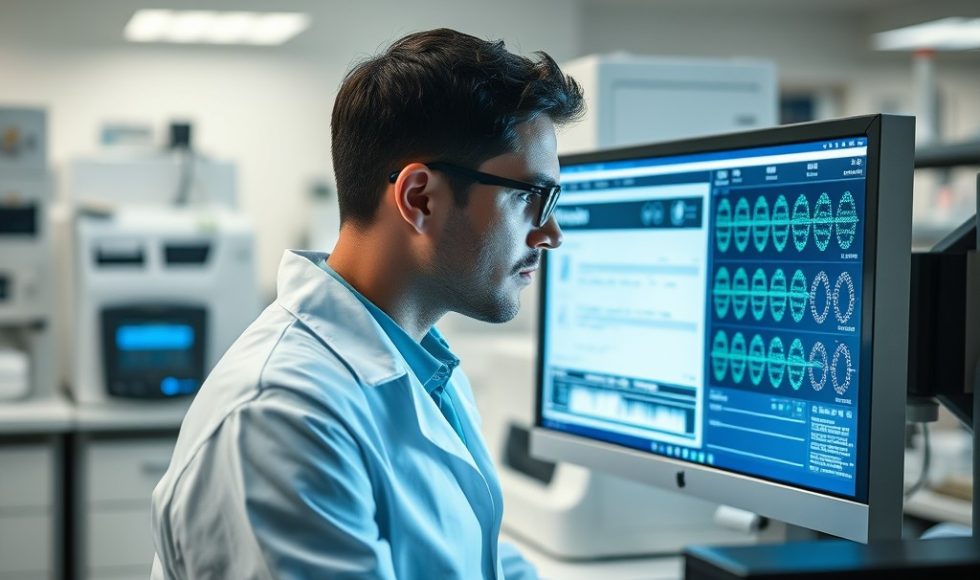Charles A. Swofford from the MIT Center for Biomedical Innovation presented as part of the Biopharma Day in Boston. The title of the session was “A sensitive sample preparation pipeline for adventitious virus detection using nanopore sequencing.” They emphasized the importance of viral safety assurance for biologics. The two assays used are in vivo virus assay and in vitro virus assay. The inoculation of the test article into live animals can take over twenty-eight days. The in vitro assay cannot detect viruses that do not replicate in the cell line and can take 14-28 days to complete. Swofford and the team worked with the CAACB consortium to learn about virus detection. Sequencing is an option and has been recommended by regulators. Furthermore, long-read sequencing has advantages in the detection of viral contaminants. Swofford and team spiked cell material with three virus samples. The sample was clarified, DNA/RNA extracted, cDNA was synthesized, and ligation sequencing kit (LSK) for ONT sequencing. The sensitivity was not great, as the level of detection was low. They then created the CoNS-seq pipeline that includes virus concentration and amplification. The depth, coverage, and identification of viruses improved. In addition, the virus read to host read ratio increased. EPI2ME What’s In My Pot pipeline was used to identify viruses. Swofford noted that CoNS-seq achieves the lowest reported limit of detection (LOD) (1 virus genome:1000 cells) using any sequencing technology. This approach includes an amplification step and reduced turnaround time from days to 24-48 hrs.



